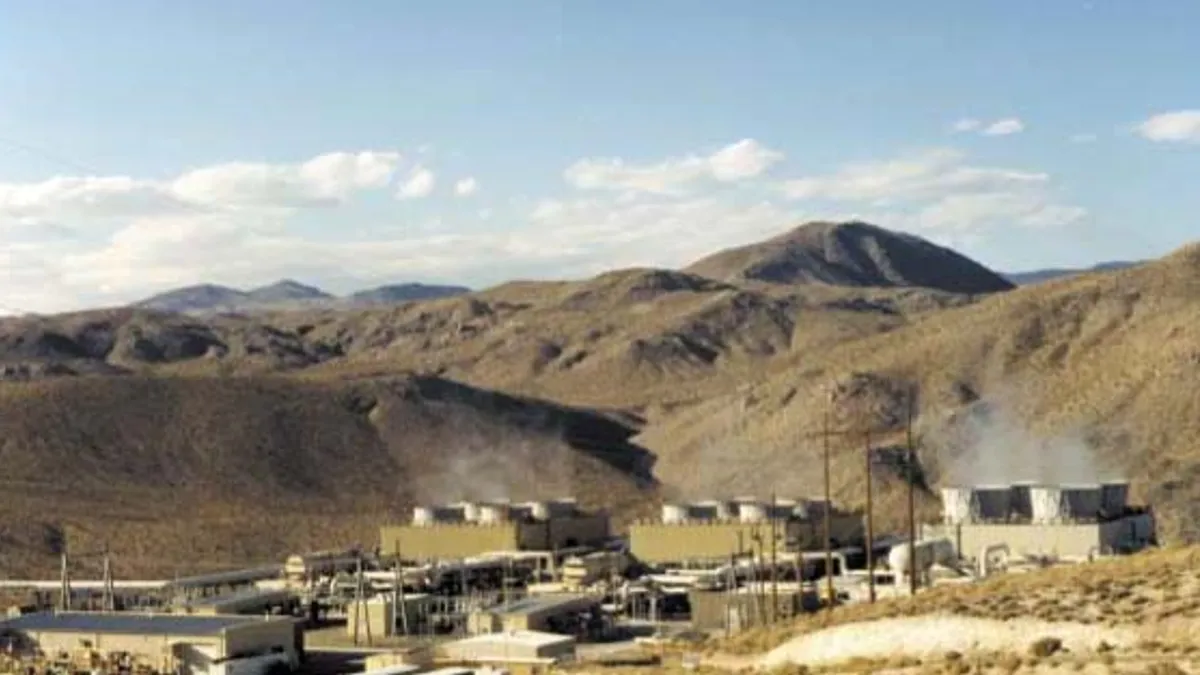Dive Brief:
- Geothermal energy, solar PV and concentrating solar power have the greatest technical potetential for development of renewable resources in the Salton Sea, a saline lake in California's Imperial Valley, according to a recent report from the National Renewable Energy Laboratory (NREL).
- The State of California Natural Resources Agency funded the report, aimed at examining renewable energy development and restoration strategies for the drought-threatened lake. The area is of particular interest to the geothermal industry, and the report estimates the Salton Sea to have more than 1,800 MW of geothermal potential.
- The report follows after Gov. Jerry Brown (D) signed a bill in October supporting the restoration of the Salton Sea, with the Natural Resources Agency required to submit a list of "shovel-ready" restoration projects on or before March 31, 2016.
Dive Insight:
The Salton Sea Authority (SSA) is preparing the "Salton Sea Funding and Feasibility Action Plan" to address regional environmental concerns caused by drought, including rising salinity in the lake, carbon-emitting lake beds and potential harm to wildlife species.
The NREL report seeks to assess how renewable energy development can benefit the region's economy and enviornmental restoration efforts through.
A 2013 study commissioned by the Imperial Irrigation District found that renewables development in the region could produce an estimated $4.1 billion between 2016 and 2045. NREL aimed to "confirm and refine these prior revenue potential estimates ... of the region's developable production potential through the year 2030."
The report found that solar PV in the region can reach 1.8 GW and CSP can reach 1.3 GW. The region can also produce up to 40 million gallons of algal biofuel per year, or 600,000 tons of algal food and feed annually. Lithium recovery from Salton Sea geothermal brines could be 54,000 to 122,000 metric tons annually by 2030.
The Imperial Valley’s location can offer baseload geothermal generation to Pacific Gas and Electric, Southern California Edison, San Diego Gas and Electric, Arizona Public Service, Tucson Electric Power, NV Energy, Los Angeles Department of Water and Power, and the Imperial Irrigation District, according to the report.














